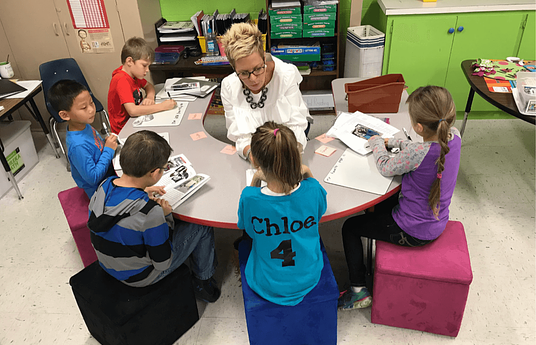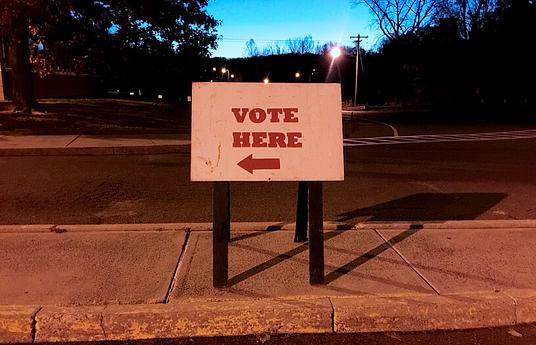In a world where ‘expert’ is a dirty word and the truth is suddenly not as meaningful as ‘alternative truths’ we have never needed critical thinkers more. We recently wrote about how important it is for kids to understand democracy and to build skills to be active citizens. But in order for democracy to work, we don’t just need people to participate, we need them to intelligently analyze the information they’re presented with. Sophie Deen, Creator of Detective Dot explains, ‘I think it’s really important to teach kids to question everything, to question what they are being told and the information that they’re getting, to not take it at face value and to feel empowered to make a change.’
Resilience, critical thinking and courage are the ingredients of empowerment and are vital skills that future generations will need. They are necessary in order to tackle challenges such as climate change and a dramatically changing workforce – one in which young people will need to continually learn and upskill as new technologies make certain job positions currently held by humans obsolete. As Deen explains, ‘Critical thinking is a really important skill that children have to learn or should be taught so that whatever happens in the future, which is an unknown fast-changing thing, they have the skills to cope with it.’
But how do we get kids to learn critical thinking skills?
Traditionally, children learn critical thinking skills through the humanities subjects by deeply analyzing the texts they’re studying. Some children can struggle to grasp the concept however as they get stuck on understanding the words in front of them and the story – let alone reading past the initial interpretation to unlock a deeper meaning. The solution to this problem is radically simple. Remove the text and use an image instead.
If a picture speaks a thousand words, surely it makes sense to have students understand how to decode images first before moving onto texts?
"
Picture of the Day sees students critically read an image. Removing the barrier of understanding language means that all analysis can focus on critiquing the image, rather than being split between understanding the language and then trying to read between the lines. This approach is a simple yet effective way to introduce kids to the concept of critical thinking and builds a strong foundation of these skills which they can then take forward as they advance to more complex texts and media.
Jennifer Jones created Picture of the Day as ‘a way for all students to “do higher level thinking” without the reading burden of decoding.’ Jones explains that, ‘When students analyze and evaluate photographs or illustrations from picture books, they are using cognitive process skills like Observing, Describing, Labeling, Analyzing, Inferring, Comparing, Summarizing, Visual Processing and Reasoning. Students are also using three of the four 21st century learning skills, Communication, Collaboration and Critical Thinking (...) When doing Picture of the Day, students begin to transfer the same cognitive line of thinking when reading and interpreting text, reading between the lines and comprehending text at the inferential level and not just the literal level.’
Even though the process is very much student-led, in order for the innovation to be a success teachers need to be actively involved. Teachers need to hold students to account for their answers, making sure the connection between the child’s answer and their reason is solid. ‘Holding students accountable to using the word BECAUSE in between their answer and reason is key,’ Jones told us.
If a picture speaks a thousand words, surely it makes sense to have students understand how to decode images first before moving onto texts? In a world where alternative facts – and even alternative images which have been expertly edited to give a different meaning – are king, the next generation need to be equipped with the skill of critical thinking. Not only will this create balanced and well-informed democratic countries and citizens, but will help to equip young people so that they can navigate the ever-changing challenges the future may throw their way.



